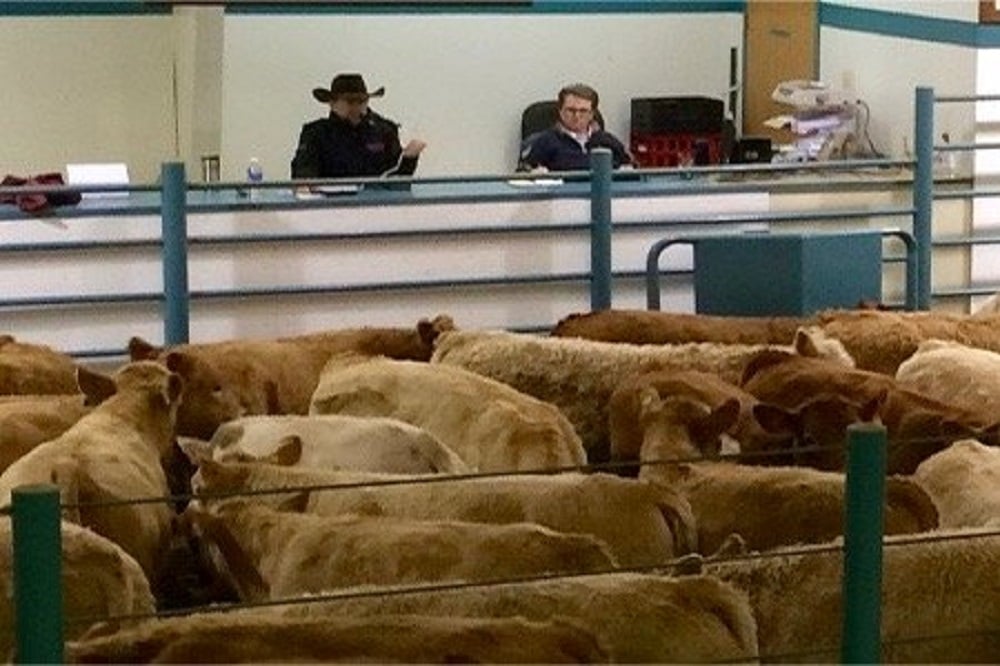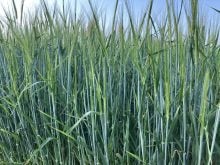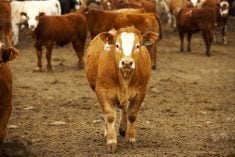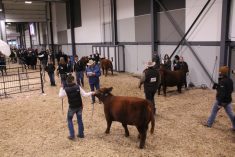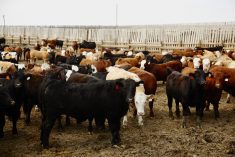Northern Manitoba, courtesy of Ste. Rose Auction Mart
With the combines, swathers, grain trucks, and tractors moving in every direction, marketing cattle seems to be the last thing on people’s minds. But after today’s market report, some producers might halt production and send some calves to town, as these wet-nosed calves are soaring into levels we have never experienced before! We marketed just over 600 head, with approximately 75 per cent yearlings, 10 per cent calves, and 15 per cent cows and bulls.
Read Also
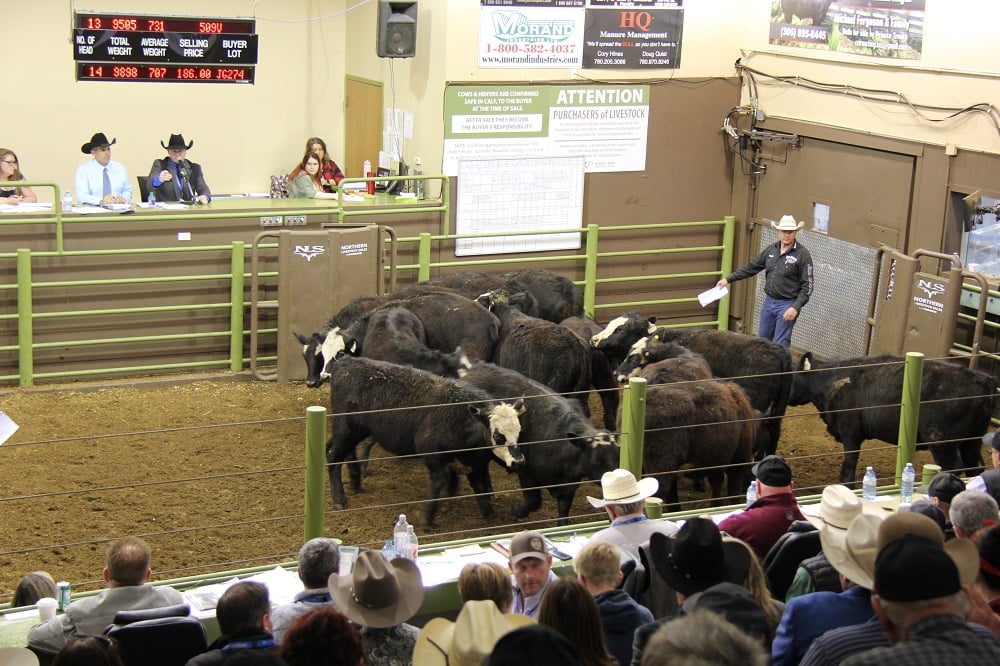
Cattle Market Summary
Break-evens, cow and calf prices, plus market summaries courtesy of Canfax and Beef Farmers of Ontario. Cost of Production September…
The yearlings are still trading at levels not seen before, however, any plainer or medium-types that don’t appeal to the buyers’ eyes are now getting discounted. I call the top-end yearlings fully steady to maybe two cents lower. The light yearling steers traded to a high of $370, the 800 lbs to $335, and the nine-weights to $3.05, with limited numbers on offer. The heifers seem to trade very aggressively, with quality at its best, just off the grass. The 700 lb. heifers traded to $325.00, 800 lb. to a high of $308.
There was a very limited quantity of calves this week, and they traded higher than expected. 400 lb. steers to $465, 500 lb. strs to $445, and the 600 lb. steers to $382.
The heifer calves traded well back, but still selling very high. Four-hundred lb. heifers at $360, 500 lb. heifers at $355 and 600 lb. heifers at $340.
Cow market is now trading with a different catalogue, as prices have now lowered five-eight cents across the board. Seems following last week’s very high market, there have been large volumes now being marketed all through the western provinces, and that has pressured the cow prices. Packers now have a little more purchased inventory, and that will back up kill dates. And now that the summer is winding down, retail demand is likely to lower considerably. Bulls remained very strong with a couple of high-yielding bulls trading up to $183 (2,495lbs at $1.83/lb.= $4,565.85).
If your calves are suitable to market, and had a decent grassing season, consider marketing your calves sooner than later, as the major issue we will face this fall, will be trucking issues to and from feedlots in the western and eastern provinces. Expect prices this fall to likely claw back 25-40 cents per lb. from today’s high.
Ste Rose Auction Mart will be holding weekly cattle sales from September 21 and on. we should start to see a lot more spring calves start coming to the markets, as prices will attract them to the market. We have approximately nine high-volume buyers here every week, representing all corners of Western Canada, Ontario and Quebec,
Southern Manitoba, courtesy of Killarney Auction Mart
We had 830 cattle through the ring this week at Killarney Auction Mart:
- 20 per cent butchers
- 10 per cent calves
- 70 per cent yearlings
Cows are starting to show some season pressure as pastures are beginning to dry up and people are bringing more culls to town.
Approximately 50 per cent of butcher cows from this sale will head south. Top strings of yearlings coming off grass are always the most sought-after class of the year and continue to stay strong.
The highlights this week were the two straight loads of steers bringing $325/cwt, at 926 lbs. and $332.75/cwt, at 868 lbs.
This week we started to see a few wet-nose calves on offer. With light numbers, it is still difficult to send these very far as they do not store well.
We will start to see more numbers next week and calves will outnumber yearlings the following week.
In Manitoba, the top-end feeder cattle often make the journey to Ontario and at least 30 per cent did this week. Fifteen per cent of feeder cattle went to local orders — this number will increase as corn makes its way through the choppers. The balance would have gone to Saskatchewan and Alberta.
With prices where they are, expect to see strong volumes through the ring this fall. Infrastructure issues will play a role in trying to manage numbers, trucks, pen space and money. These all will require close attention.
It is a great time to be in the cattle business. Congratulations to all who have stuck with it!
For more market analysis and seasonal health info, visit Calf Central.

